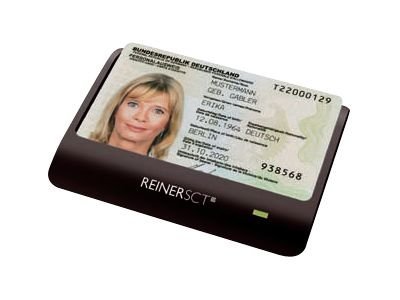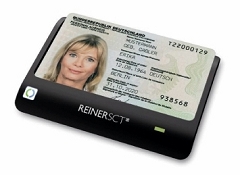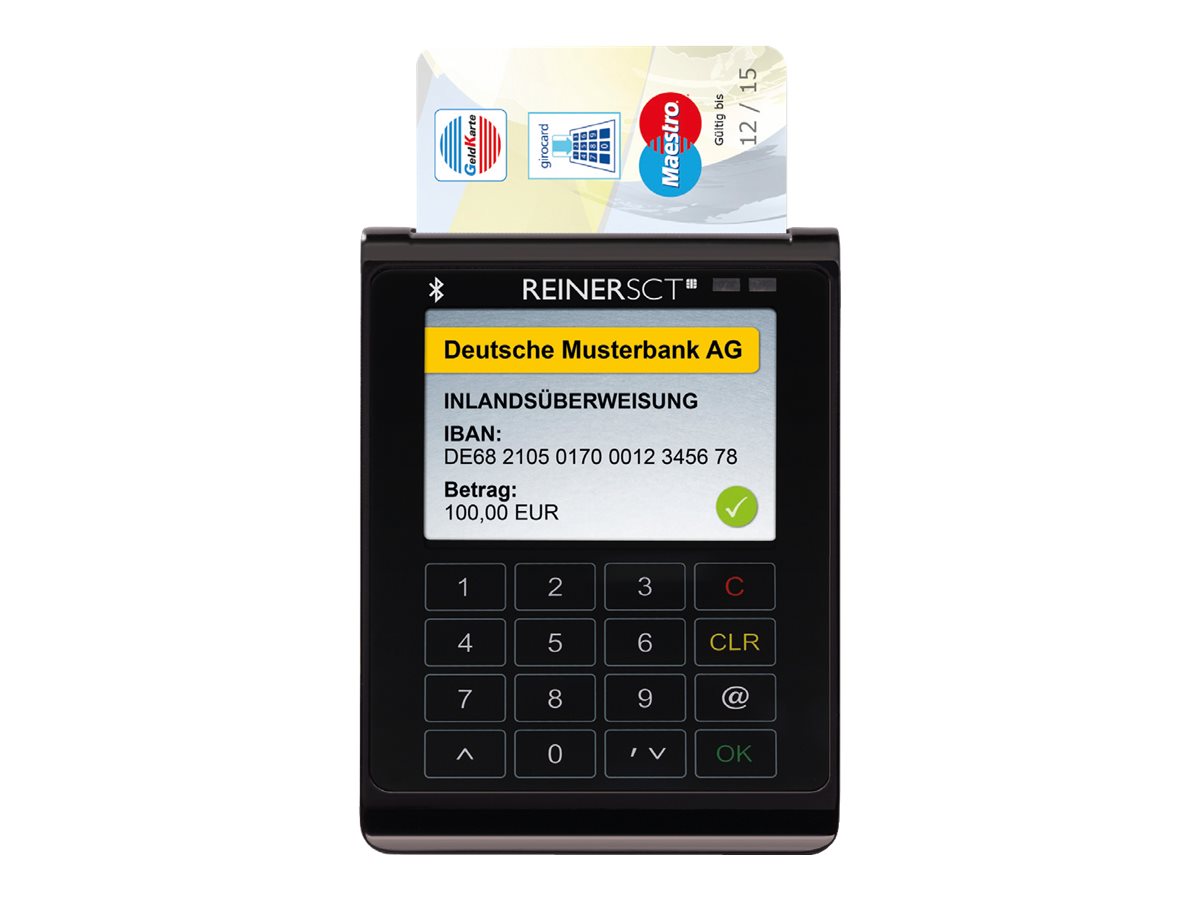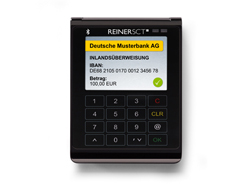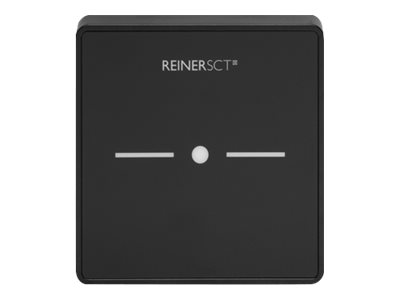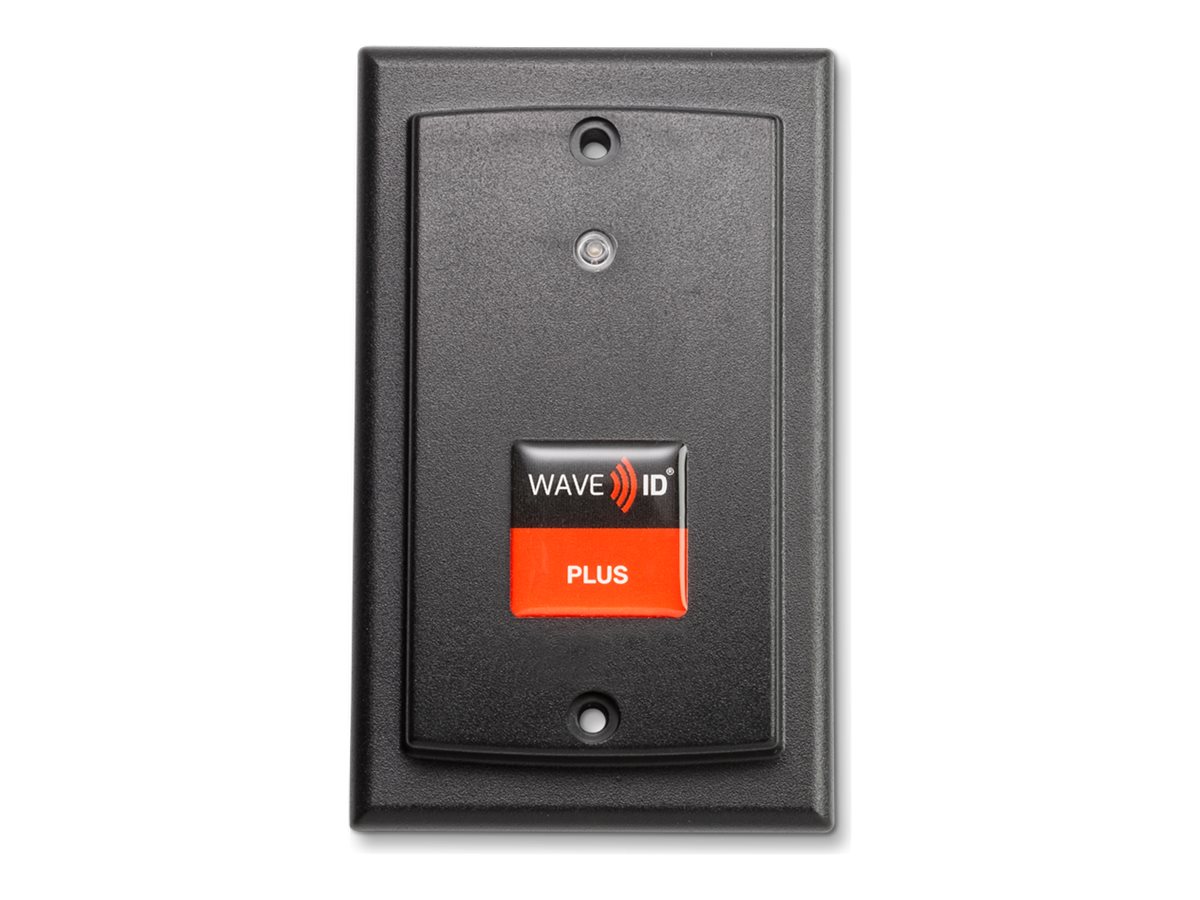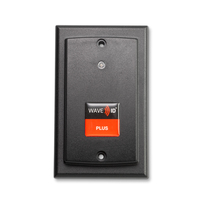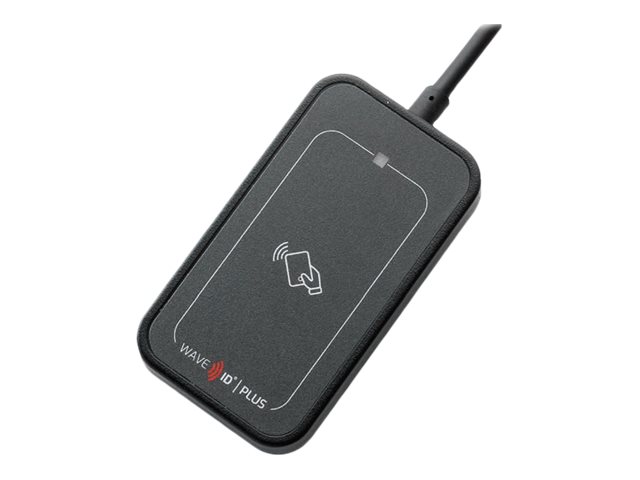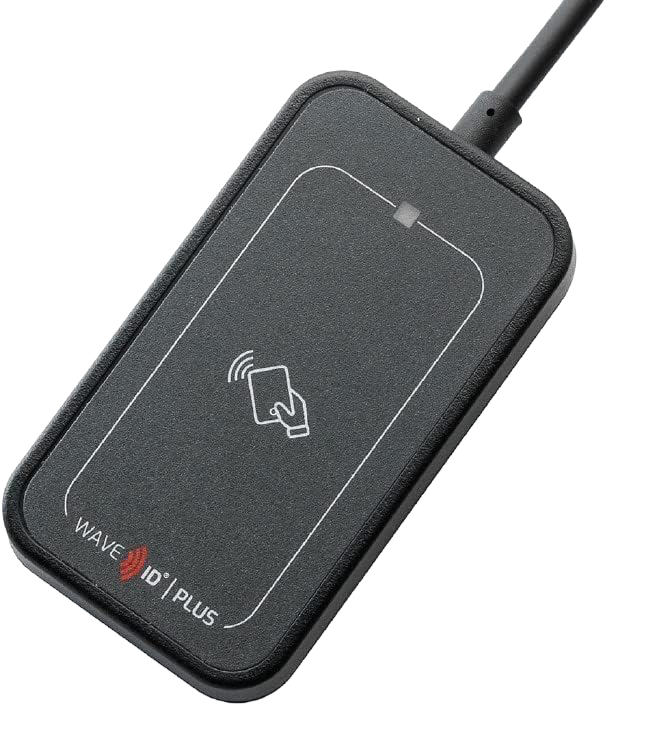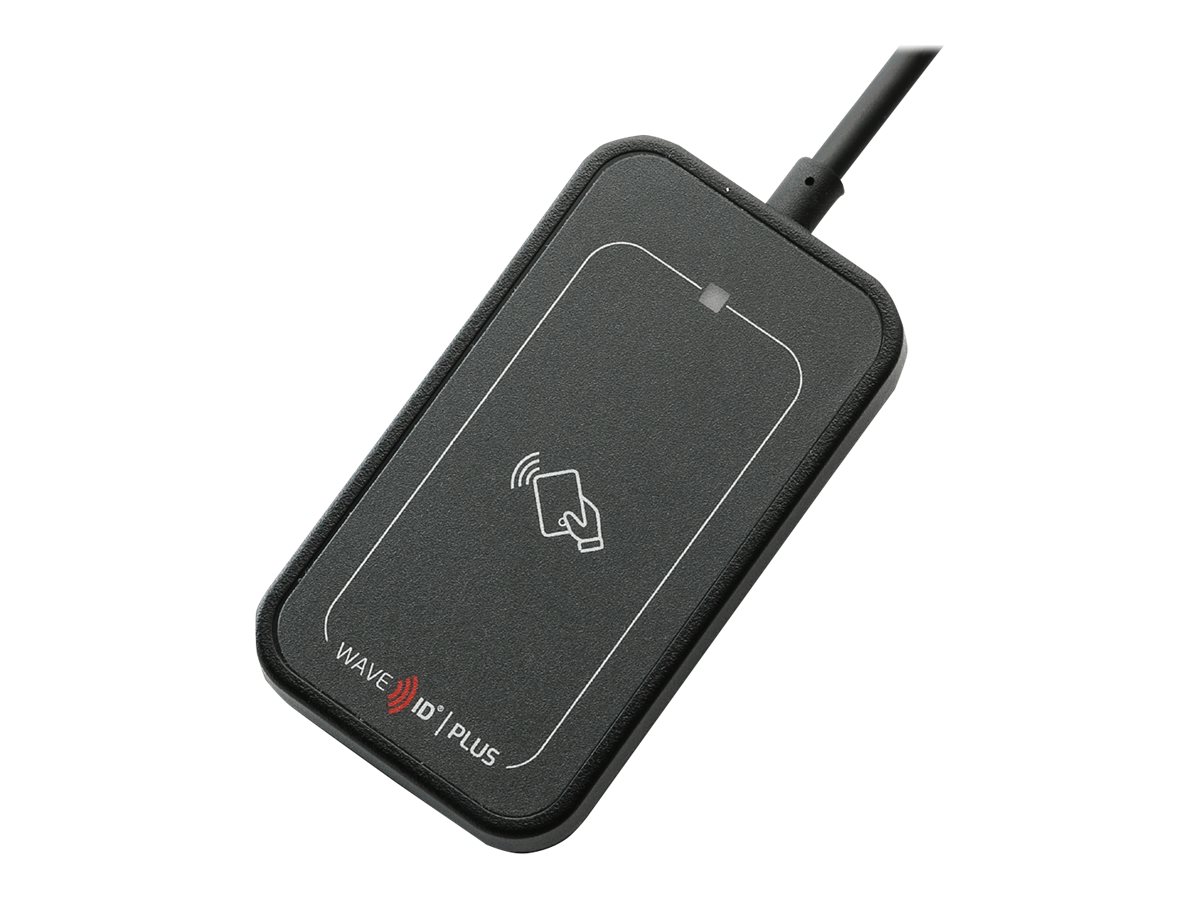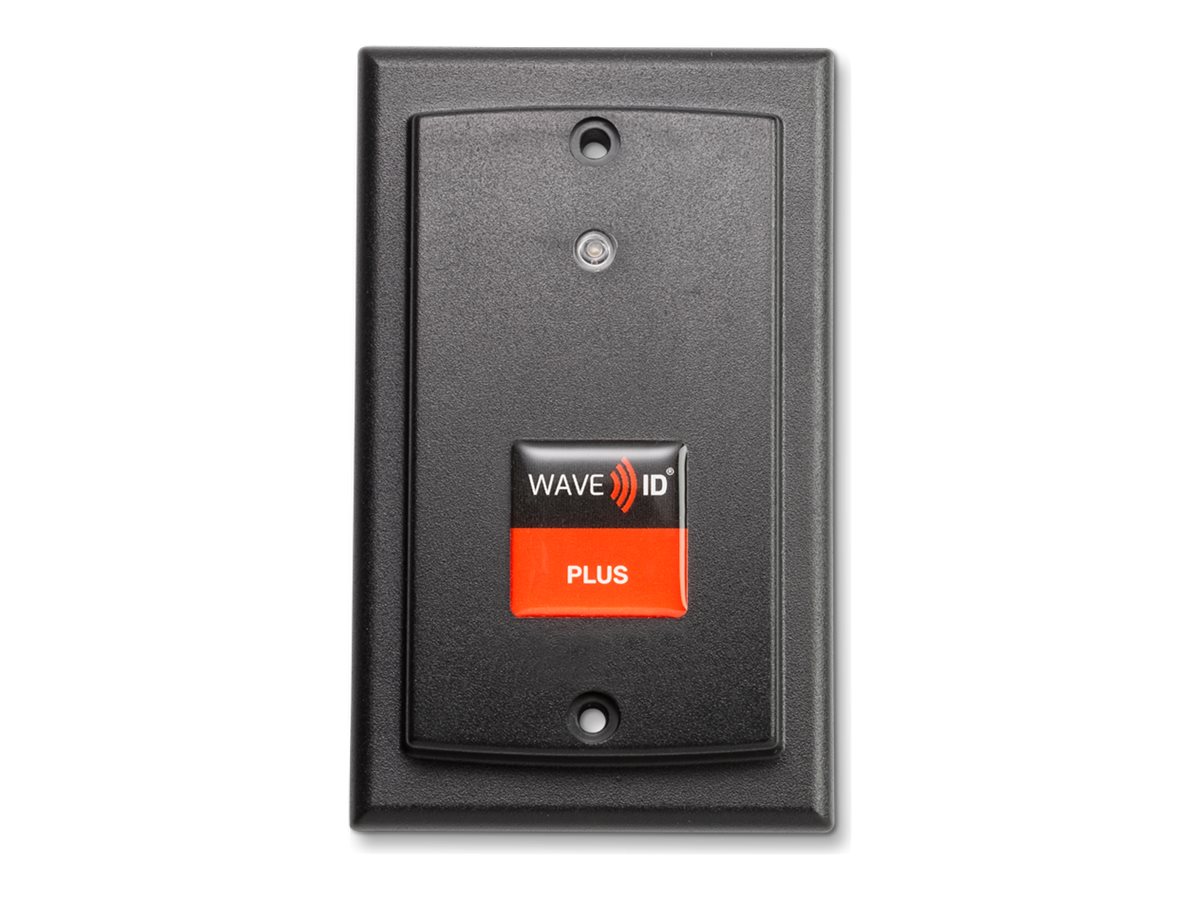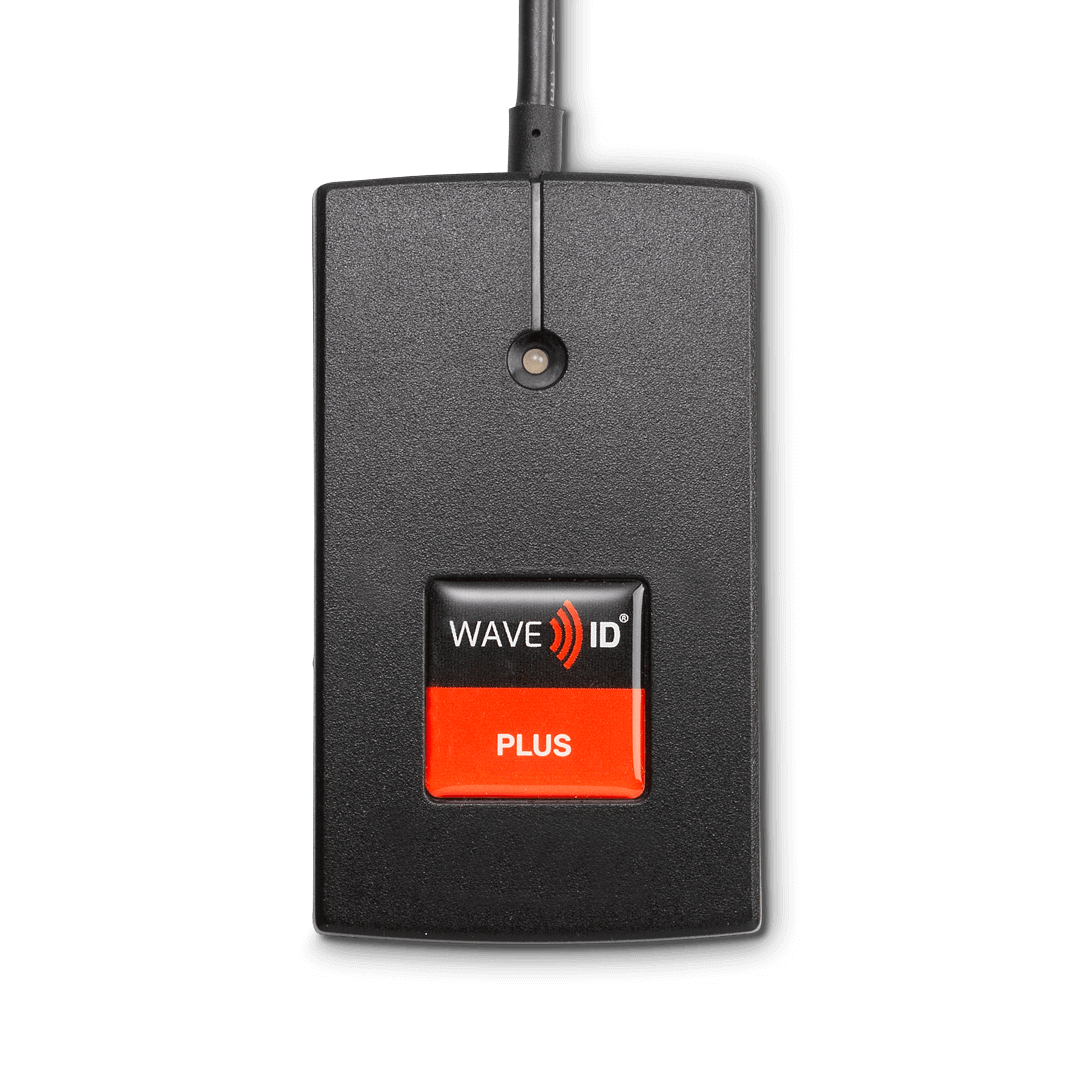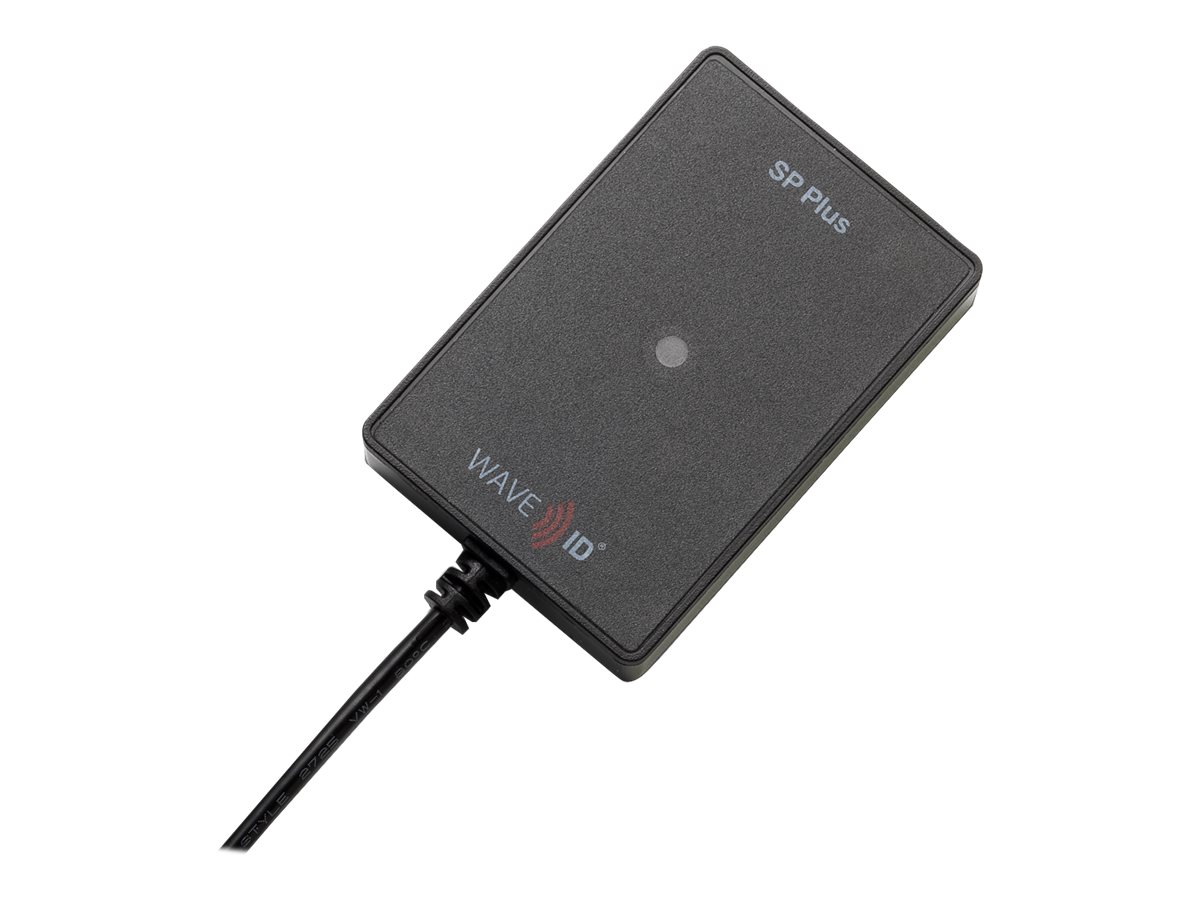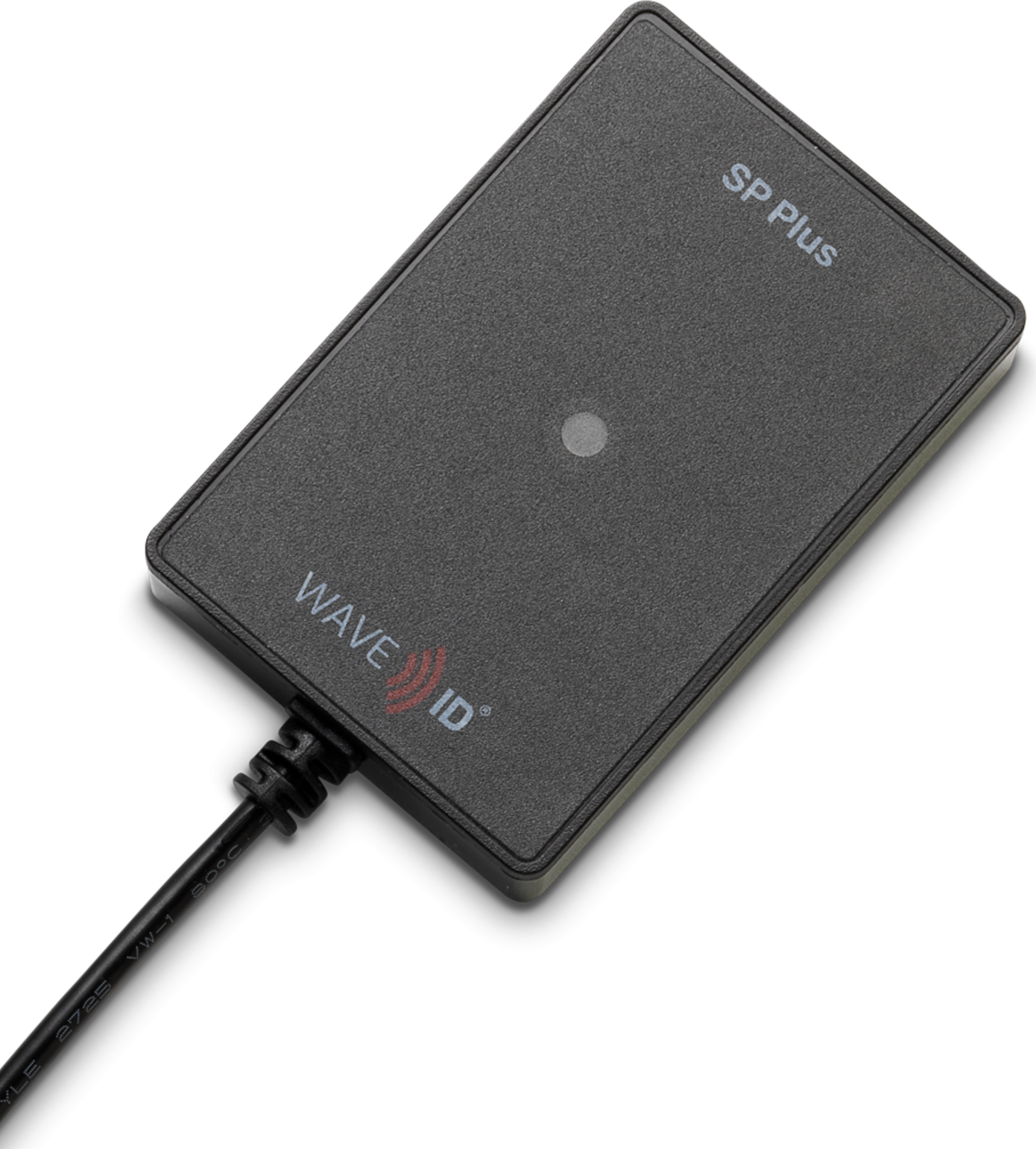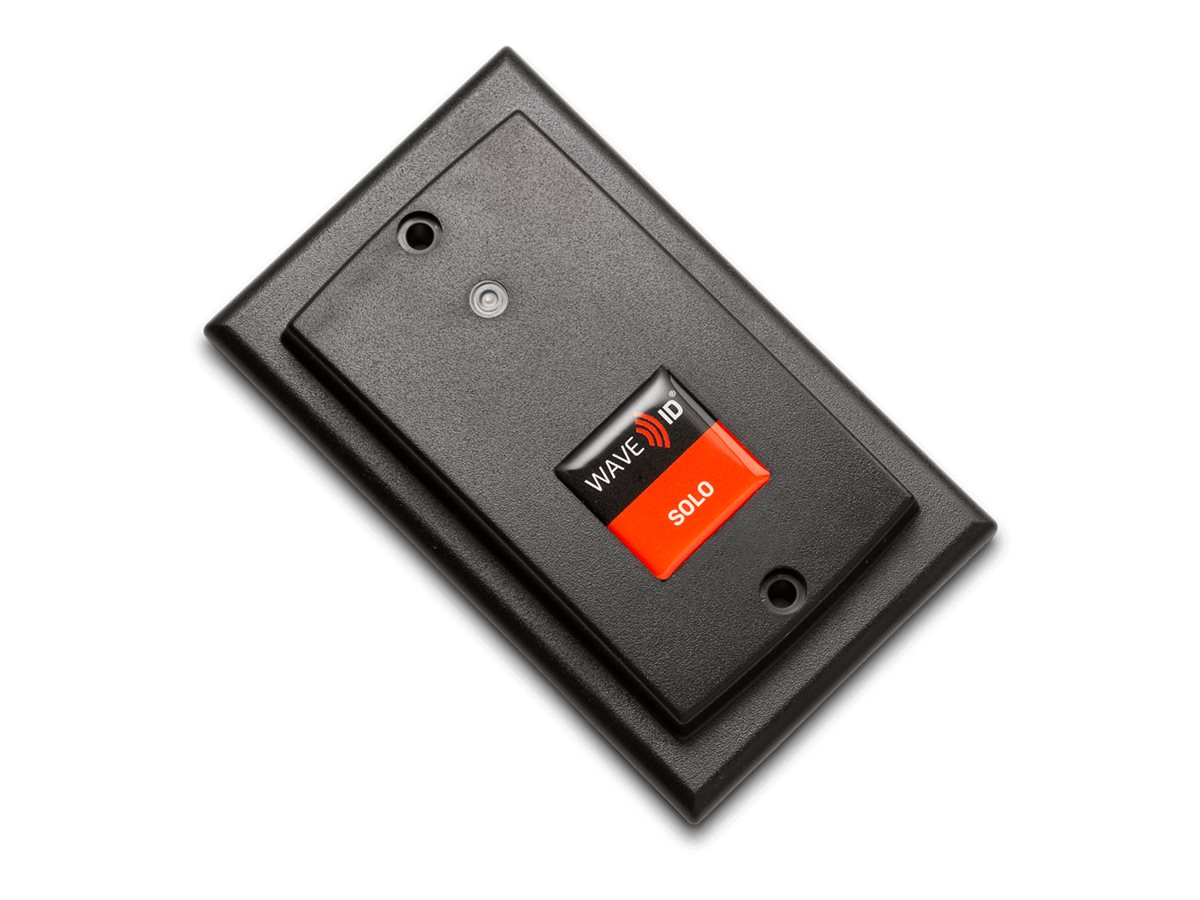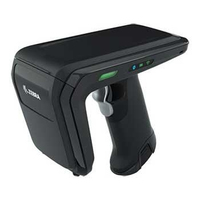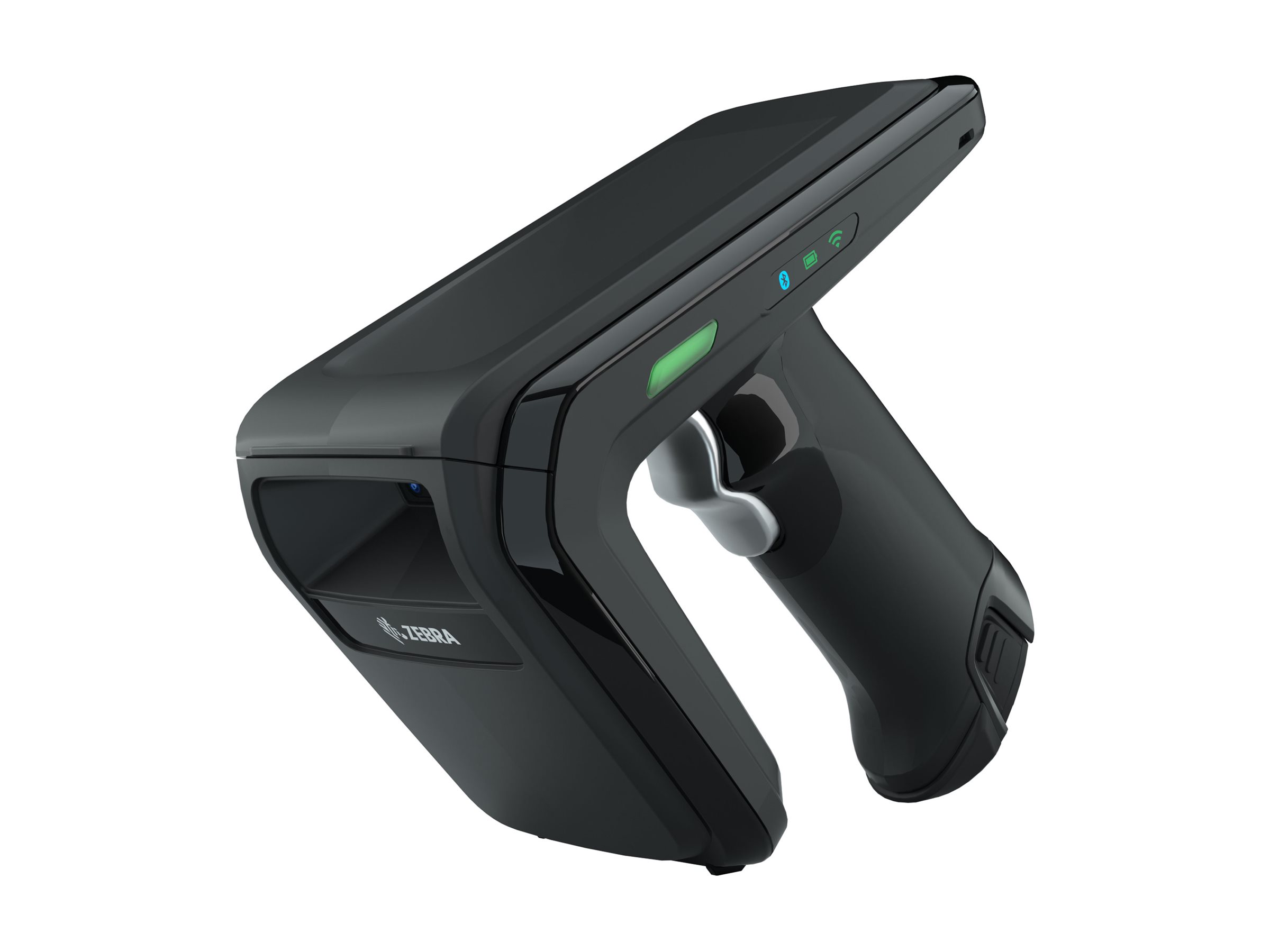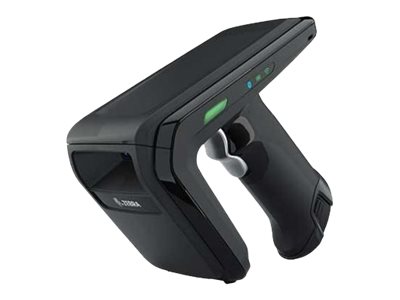- Card printing
- Label printing
- Barcode scanner
- Tablets/handhelds
- Displays/projectors
- RFID technology
- Price labelling
- Point of sale
- Robotics
RFID - Radio Frequency Identification
Filter products
Average rating of 0 out of 5 stars
Average rating of 0 out of 5 stars
Average rating of 0 out of 5 stars
Average rating of 0 out of 5 stars
Average rating of 0 out of 5 stars
Average rating of 0 out of 5 stars
Average rating of 0 out of 5 stars
Average rating of 0 out of 5 stars
Average rating of 0 out of 5 stars
Average rating of 0 out of 5 stars
Average rating of 0 out of 5 stars
Average rating of 0 out of 5 stars
Average rating of 0 out of 5 stars
Average rating of 0 out of 5 stars
Average rating of 0 out of 5 stars
Average rating of 0 out of 5 stars
Average rating of 0 out of 5 stars
Average rating of 0 out of 5 stars
Average rating of 0 out of 5 stars
Average rating of 0 out of 5 stars
Average rating of 0 out of 5 stars
Average rating of 0 out of 5 stars
Average rating of 0 out of 5 stars
Average rating of 0 out of 5 stars
What is RFID and how does it work?
The abbreviation "RFID" stands for Radio Frequency Identification. It is a radio identification system that uses electromagnetic waves for automatic identification. RFID systems are used for the automatic and contactless identification and localisation of objects using radio waves.- The RFID transponder contains a microchip with stored information for unique labelling. A distinction can be made between active and passive RFID transponders, which differ in many parameters such as power supply, range and service life.
- An antenna contained in the transponder functions as a coupling element with the reader and transmits radio signals between the two. The size of the antenna depends on the required frequency. The information on the microchip can be read using RFID readers and scanners.
- The reader generates an electromagnetic signal that achieves different ranges depending on the intended use. RFID readers can be installed as stationary or mobile devices. They contain software that is connected to the database, the so-called middleware.
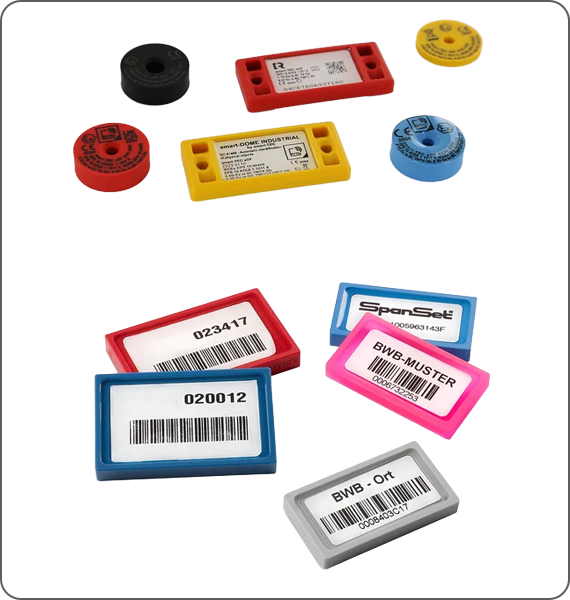
Which kinds of RFID transponders are available?
RFID transponders are available in various shapes and sizes, so that they can be attached to objects as RFID stickers and labels or implanted as RFID chips. The transponders are also available as RFID tags or KeyFobs.
A distinction is made between active, semi-passive and passive RFID transponders.
Passive RFID tags consist of an integrated circuit and an antenna and, unlike semi-passive and active transponders, do not have their own power supply. They are characterised by their long and stable service life, but have a relatively small data memory.
While passive transponders obtain their energy from the RFID reader via inductive coupling, active transponders consist of active transponders consist of an integrated circuit, an antenna, a battery and an integrated transmitter. This means that active RFID tags can send their own energy to the reader, while passive transponders merely reflect the energy of the RFID reader. This means that significantly greater distances can be achieved for the transmission of the stored information. The extended reading range is complemented by numerous additional functions such as integrated sensors and a larger data memory. However, active RFID tags usually take up more space and cost more due to the extensive components usually take up more space and cost more higher costs.
Compared to active transponders, semi-passive transponders do not have their own transmitter, but do contain a battery and can be equipped with RFID sensors, real-time tracking and acoustic notifications be equipped.
What frequencies do RFID systems use and what range do they achieve?
RFID systems operate in the low frequency (LF), high frequency (HF), ultra-high frequency (UHF) and super-high frequency (SHF) frequency ranges.
- Low Frequency achieves a range of a few centimetres with long waves in the frequency range of 125 to 148 KHz and is used in particular for access control or animal identification.
- High frequency uses short waves with 6.78 MHz, 13.56 MHz or 27.125 MHz, whereby 13.56 MHz has established itself as the global standard. Distances of up to 3 metres can be achieved - ideal for use in libraries, the textile industry and smart cards.
- Ultra-high frequency operates at 868 MHz (European standard) or 915 MHz (US standard) and achieves a long range of up to 10 metres. If active transponders are used, the maximum range of UHF RFID systems increases to up to 100 metres. This frequency range is mainly used as UHF RFID tags on boxes, pallets and containers in supply chain management.
- Super-high frequencies are microwaves with high frequencies of 2.45 GHz and 5.8 GHz, which are used, for example, to operate toll systems for vehicle identification. The high frequencies achieve a range of up to 4 metres, with active transponders even up to 300 metres.
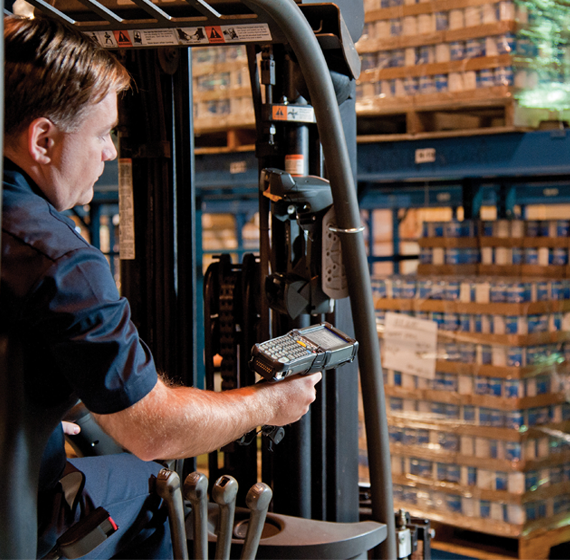
The advantages of RFID technology
- Contactless identification
- No visual contact between transmitter and receiver required
- High transmission rates and fast readability
- Simultaneous detection of many transponders
- High security thanks to copy protection and encryption of information
- High resistance to environmental influences
- RFID tags can be erased and rewritten
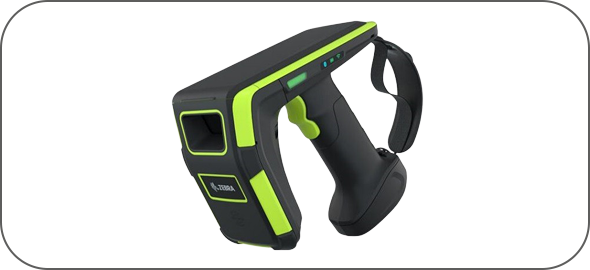
RFID Readers and Handhelds
RFID Printers
In addition to readers and handhelds, there are also various printers that utilise RFID technology. They use a 3-in-1 system to create, print and encode labels. This means that printed labels can not only be designed visually, but can also be technically equipped with an integrated RFID transponder. As contact is no longer necessary for data exchange, not only are processes simplified, but several labels can also be read simultaneously. Labels created by RFID printers can be used in a variety of ways, for example to easily label and track items. It also enables easier management of food, laboratory products and patient records.
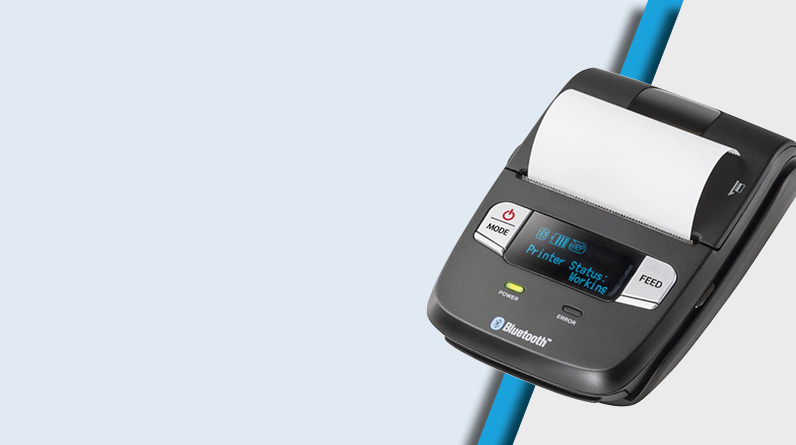
RFID technology in retailRFID labels
are becoming an increasingly popular alternative to barcode systems in retail, as they greatly simplify stocktaking and stock overview. The implementation of this technology minimises errors enormously while increasing speed and accuracy. In this context, accurate and up-to-date stock overviews of items are becoming increasingly popular in retail.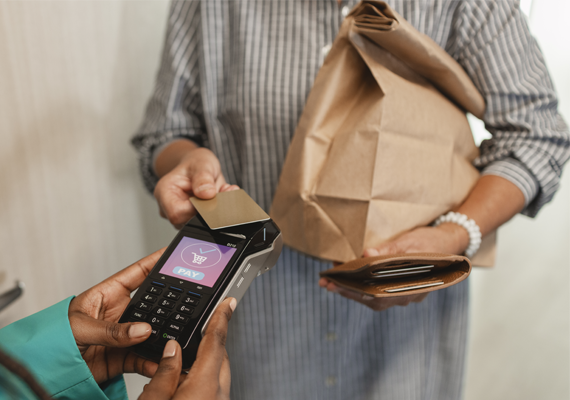
Areas of application for RFID technologyThe
characteristics of RFID technology can vary greatly depending on the type of transponder and reader. For this reason, there is no definitive list of application areas. The applications of RFID are always individual and are constantly being expanded. In principle, it can be used in any industry. It is most commonly used in the retail, logistics, industrial, production and healthcare sectors.Possible applications of RFID technology
- Access control
- Time recording
- Payment systems
- Identification and monitoring of people and animals
- Supply chain management
- Theft protection
RFID as a security factorThe
security of RFID systems plays a central role, especially as they are often used to transmit sensitive data such as access information or personal identification data. Modern RFID technologies offer numerous protective mechanisms to prevent manipulation, unauthorised reading (skimming) and copying of the stored data. These include encryption processes, authentication protocols and integrated copy protection on the RFID tags themselves. Blocking is also important, whereby special covers or card sleeves prevent unauthorised access by potential attackers. In addition, when implementing RFID solutions, companies ensure that they fulfil data protection regulations and ensure that the entire infrastructure is continuously secured through regular updates and security standards. This ensures that the contactless and fast transmission of information remains both secure and reliable.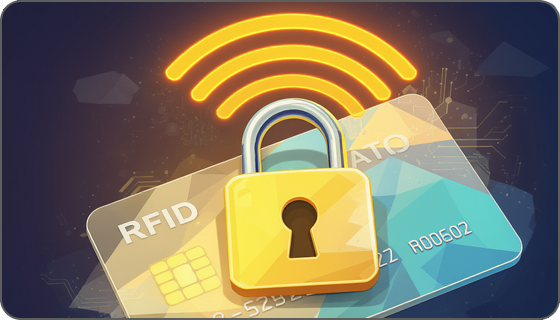
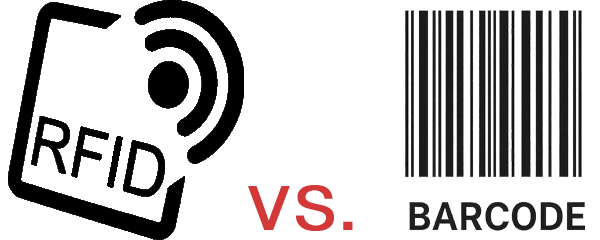
What is the difference between barcodes and RFID?
The technology between barcodes and RFID may seem similar at first glance, but there are some key differences, such as data storage, transmission and reuse. Unlike barcodes, RFID technology stores data directly on the tag, eliminating the need for external databases. Barcodes require visual contact with the reader, whereas RFID tags operate via radio waves. This means that the objects to be recorded are easier to place in warehouses and logistics with RFID technology. RFID can store more information than a barcode and achieves much greater ranges. RFID transponders can be implemented directly in the product, whereas barcodes have to be printed on or attached externally. In contrast to RFID, barcodes cannot be rewritten. RFID information can be read even if it is dirty, which is often not the case with dirty or damaged barcodes.






